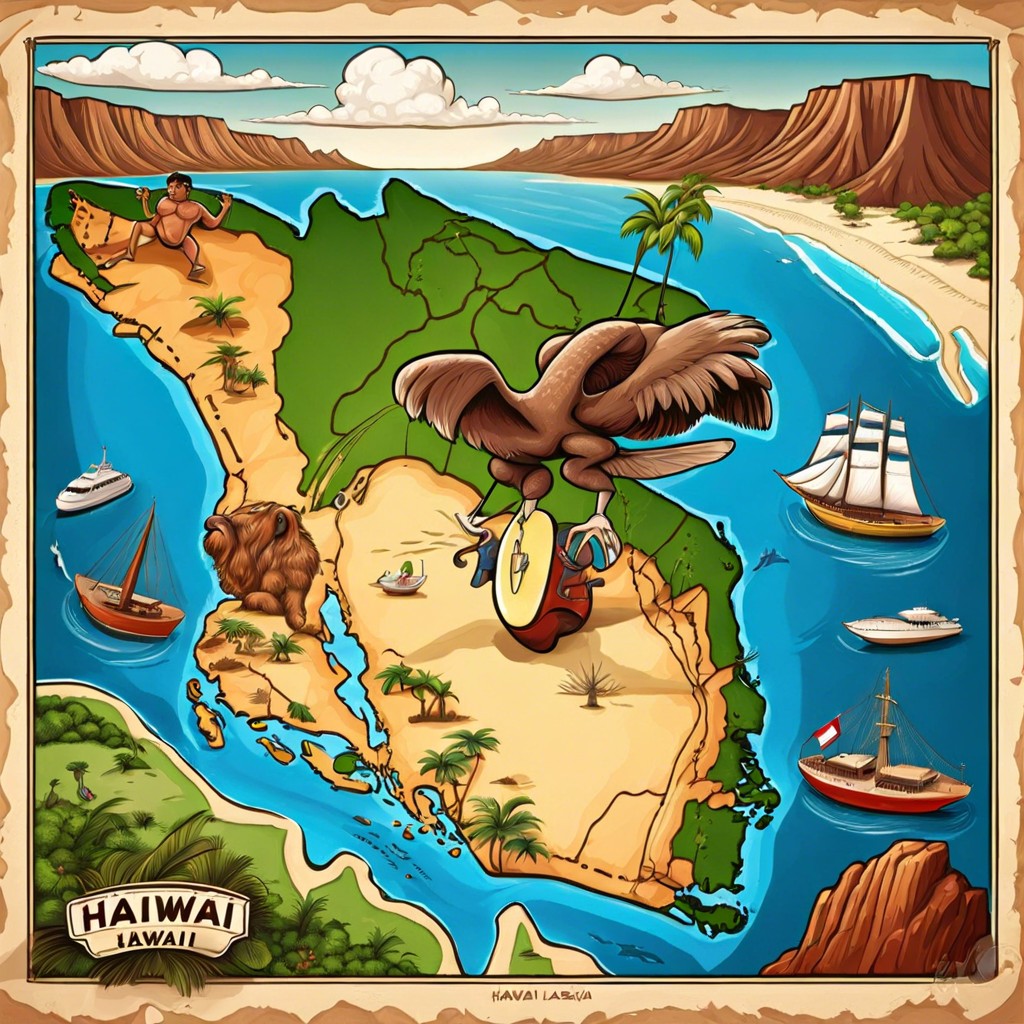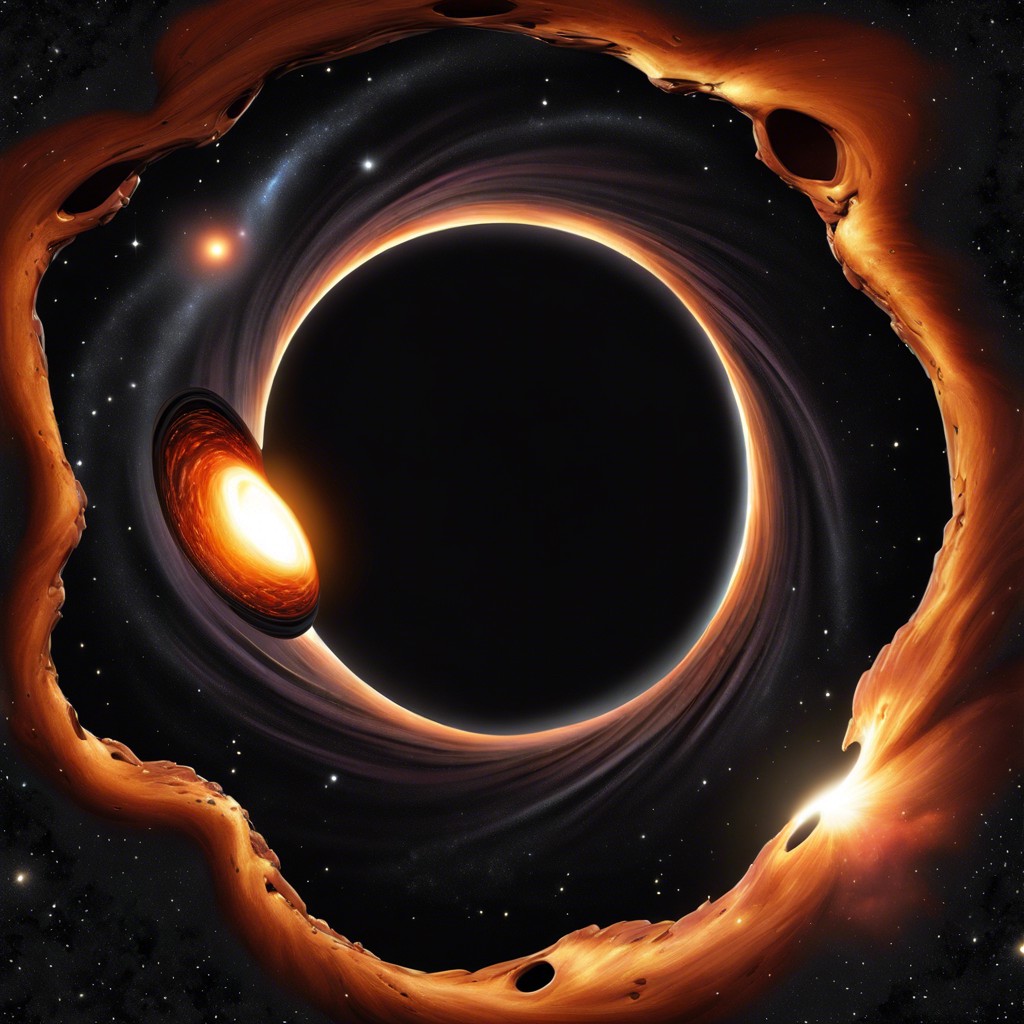Learn exactly how large Greenland is and what makes its size notable amongst the world’s landmasses.
Key takeaways:
- Greenland is the world’s largest island, stretching over 2.16 million square kilometers.
- Only about 20% of Greenland’s area is free of ice.
- Greenland is nearly as large as Saudi Arabia and larger than Mexico.
- The Mercator projection distorts Greenland’s size on maps.
- Greenland’s size contributes to its unique climate and diverse wildlife.
Greenland’s Geographical Size in Square Kilometers, Including Comparison With Other Large Countries and the Actual Land Area Versus Ice-covered Area
Greenland stretches over about 2.16 million square kilometers, making it the world’s largest island. Despite its vastness, it’s sparsely populated due to a harsh climate and extensive ice coverage. In fact, only about 410,000 square kilometers of Greenland are free of ice, which is less than 20% of its total area.
When compared to other countries, Greenland’s size is impressive. It is nearly as large as Saudi Arabia and somewhat larger than Mexico but with a stark contrast in biodiversity and human geography. However, the large ice sheet covering most of Greenland renders a significant portion of the land uninhabitable and agriculturally unviable.
This distribution of ice and land drastically shapes the living conditions and economic activities available, fostering a unique environment for wildlife and a small human population that relies on fishing and tourism rather than agriculture. The immense ice sheet also plays a critical role in global climate regulation, further emphasizing Greenland’s significance beyond just its size.
Discussion On the Mercator Projection’s Impact On Greenland’s Perceived Size
The Mercator projection significantly distorts size as one moves away from the equator. First designed in 1569 to aid naval navigation, this map projection stretches Greenland to appear nearly as large as Africa, a visual error since it’s actually about 14 times smaller. This distortion arises because the Mercator projection scales the globe’s surface to maintain accurate shape, sacrificing true size to keep straight navigational lines. Hence, Greenland appears misleadingly vast. Its depiction on most world maps does not represent its actual landmass accurately, contributing to common misconceptions about its true scale.
How Greenland’s Size Affects Its Climate and Ecology
Greenland’s vast area results in a diverse range of climates predominantly classified as Arctic and subarctic. The massive ice sheet, covering about 80% of the surface, significantly cools the surrounding air, contributing to these harsh conditions. As air moves over this frigid expanse, it chills, limiting the northward movement of warmer, more temperate weather patterns and results in severe winters across the region.
The size and climate of Greenland create a unique ecological setting. In ice-free areas, especially along the coast, a tundra biome dominates. This includes a variety of grasses, mosses, and low shrubs, adapted for short growing seasons and low temperatures. The extreme environment limits biodiversity, with flora and fauna that can endure cold and nutrient-poor soils.
Despite these harsh conditions, Greenland harbors diverse wildlife adapted to its environment. Polar bears, musk oxen, and Arctic foxes are some iconic examples, each playing a crucial role in the ecological balance. The coastal waters, cold and rich in nutrients brought by deep currents and melting glaciers, provide fertile fishing grounds for various fish and marine mammals, notably seals and whales. These ecological features highlight how Greenland’s considerable size and corresponding climate conditions shape its unique natural landscape.



